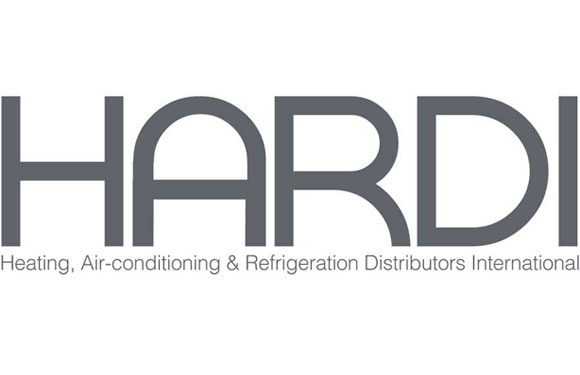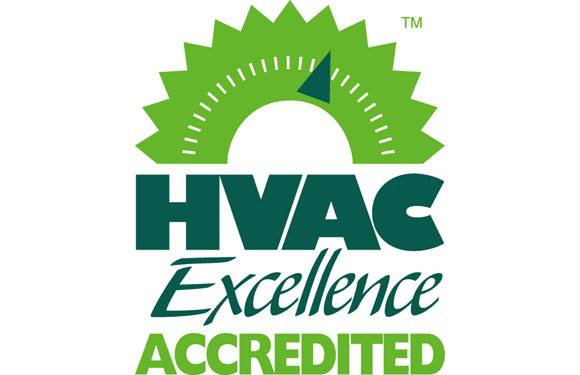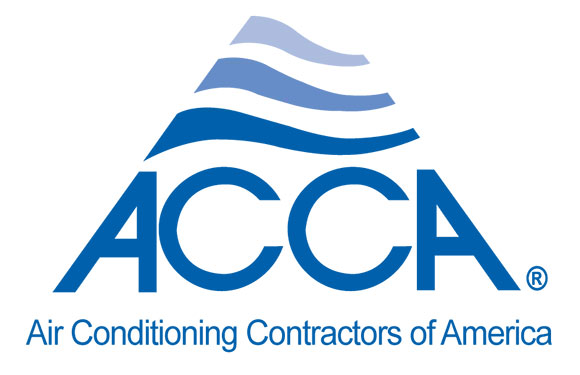
News
Weather Any Challenges Through Smart Employee Training
The drawbacks of not training your employees are well-documented. Some disadvantages include expenses resulting from employees not understanding your business, processes and customers; high employee turnover, and unhappy, inefficient employees.

The cost of replacing an employee is staggering—it’s at least 30% of their salary, sometimes much, much more.
If you’re a trained learning specialist, setting up an effective training system is relatively easy. Most contractors don’t have that luxury. However, someone in the organization—the owner, sales manager or HR person—can implement some training principles to achieve a big bang for the buck. Following many of these principles can go a long way in making your employees better, more efficient and happier. Here are some ways to implement training in your company:
Test your employees’ knowledge
First, you need to understand what your employees know and what they don’t. Start by asking some simple questions about processes, procedures or workflows. You can deliver those questions in an online survey tool or even a Microsoft Word document that they fill out and submit on paper. You may be surprised at what they don’t know. These survey results create a baseline measurement of the knowledge of your employees. Use the test results to determine where you need to apply your training—both individually and collectively.
Observe tasks
For sales reps and installers, observing their tasks is an excellent way to understand where to apply training and what works well and what doesn’t. Document specific steps and workflows. For example, document in detail what your best sales rep does to tee up and close a sale. You can even record them on a sales call. Outline what steps they take and when they take them. Then, share that with other company reps. By observing jobs and then demonstrating optimal performance, you instill the best skills in all your employees.
Solicit ideas
Many times, we keep doing the same process over and over without realizing how inefficient it is. We assume that because it’s always been done that way, it’s the right way. Create a culture of feedback within the organization, whether it’s a box where people can drop notes for improvement, or an email address that only HR or a manager monitors. Most importantly, employees need to know there will be no repercussions for giving their suggestions. Soliciting feedback empowers your employees to improve workflows and processes.
Map out your workflows
After you’ve observed tasks and have seen what people do in their jobs, mapping out process workflows can highlight redundancies and unnecessary steps. It can also indicate areas where coordination is missing or weak. What areas can you map out? Here are a few ideas: customer experience from initial inquiry to invoice payment, sales processes, customer service, accounting, invoicing, and interdepartmental communication and coordination. At EnerBank USA®, we use LucidChart, but you could try any flowchart software tool or something similar to Microsoft Project. You could even use paper, a whiteboard or a spreadsheet—whatever works for your company to communicate workflow steps in any of your processes.
Dedicate regular training time
Be formal and consistent with your training. While some employees are able to train themselves, others may have trouble without guidance. For example, our team schedules one hour every Friday to train. The key to successful training is to focus on outcomes first. Create a specific goal to achieve during that time, such as customer interaction standards and best practices, best methods to close a sale or when to mention price in a sales opportunity. It’s also important to talk about the reasons behind these processes and not just the processes themselves.
Just-in-time training
Instead of waiting until formal training time or an employee meeting to discuss a training topic, you can send a quick text message to inform employees of a change in policy or an update on a product sales pitch. Place the sales or installation manuals inside a truck for quick reference before a sales call or after an installation.
Develop better training and learning methods
While most of the above principles cover ways to implement training in your company, there are things you can learn to be a better trainer, so your employees retain knowledge more effectively.
Here are some examples of ways you can reinforce training from The Learning Scientists:
- Serial repetition – repeating the same concepts regularly during the same presentation to emphasize their importance.
- Spaced practice – covering the same topic regularly over a short timeframe so that everyone understands it well.
- Elaboration – giving real-world examples of a particular concept.
- Interleaving – switching between subjects frequently to strengthen understanding, identify interrelationships between ideas, and reduce burnout on one topic.
- Dual coding – using visuals to describe concepts, such as infographics, timelines, diagrams, etc.
Evaluate your outcomes
With every training program, regularly review whether your training has had the desired impact on outcomes—improved close rates, higher customer satisfaction, better cash flow management, etc.
Don’t be too attached to your content. Keep evolving your processes and procedures as the market and products change, and as customers change, too.
By implementing some form of regular and consistent training, you’ll help your business save time and money. Realize that you can take small steps to improve your training immediately. You don’t have to create massive programs and call employees together for long, drawn-out meetings. Start simple. Pick one or two of these sections and work on those principles. You are building—or adding to—a culture of learning and growing in your company, so it will take time to both build it and for your employees to accept it. Any training you implement will create benefits for you, your business and your employees—helping them be happier and more fulfilled.
















